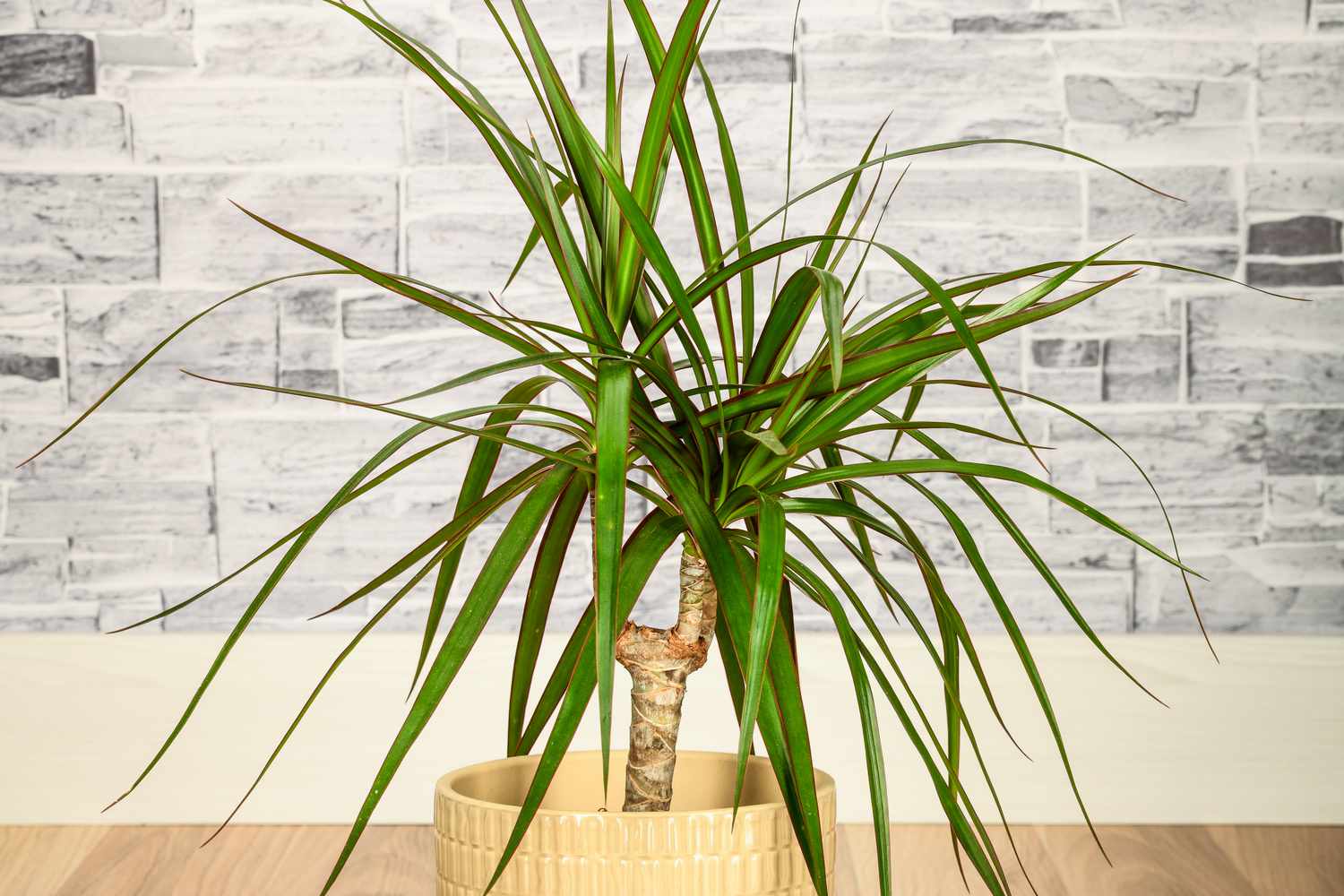Palm trees, with their majestic stature, swaying fronds, and tropical allure, are instantly recognizable landscape icons. Their characteristic solitary or clustered trunks topped with fan-like or feather-shaped leaves evoke images of sandy beaches and swaying breezes. However, the plant kingdom harbors a fascinating array of imposters – plants that bear an uncanny resemblance to palm trees but belong to entirely different botanical families. Let’s embark on a botanical adventure to unveil these palm tree lookalikes and explore their unique characteristics.
Unveiling the Palm Tree Silhouette: Key Features to Look For
While palm tree lookalikes may vary in detail, they often share some key visual characteristics that create the illusion:
- Solitary or Clustered Trunks: Palm trees typically have a single, unbranched trunk, although some species may sucker and form clusters. Lookalikes may also have solitary, vertical trunks, but some, like yuccas, may branch occasionally.
- Frond-Like Leaves: Palm tree leaves, often referred to as fronds, are typically large, undivided structures with a radiating or fan-like form. Lookalikes may possess leaves that resemble fronds in their overall shape and size, but the finer details often differ.
- Overall Architectural Form: The overall silhouette of a palm tree is characterized by a clean, uncluttered vertical growth habit with the leaves concentrated at the top. Lookalikes may mimic this architectural form, appearing top-heavy with foliage concentrated towards the apex.
Common Palm Tree Lookalikes and Their Unique Traits
Now that we’ve identified the key features, let’s delve into some of the most common palm tree imposters and explore their unique characteristics:
- Yuccas (Yucca spp.): These desert dwellers boast a single, stout trunk adorned with sword-shaped, stiff leaves that emerge from the top. Unlike true palms, yuccas have a rosette-like growth pattern at the base and produce showy white flowers on a tall stalk.
- Cycads (Cycas spp.): These prehistoric beauties possess a solitary trunk topped with a crown of stiff, leathery fronds that superficially resemble palm fronds. However, cycad fronds have a pinnate (feather-like) venation pattern unlike the parallel veins of true palms. Additionally, cycads are dioecious, meaning male and female cones are borne on separate plants.
- Tree Ferns (Dicksonia spp., Cyathea spp.): These elegant giants unfurl feathery fronds that cascade gracefully from a stout, hairy trunk. Unlike true palms, tree ferns reproduce via spores and possess a fiddlehead (coiled) stage in their frond development.
- Traveler’s Palms (Ravenala madagascariensis): These architectural marvels stand out with their unique fan-shaped leaves arranged in two vertical rows resembling a giant open fan. Traveler’s palms belong to the banana family and possess a unique water-storage mechanism in the base of their petioles (leaf stalks).
- Pandanus Trees (Pandanus spp.): These tropical stunners boast a cluster of aerial prop roots surrounding a central trunk and feature long, sword-shaped leaves with spiky margins. Pandanus trees are monocotyledons, unlike true palms which are dicotyledons. Additionally, their leaves have a distinct midrib and lack the parallel venation of true palms.
Beyond Mimicry: Understanding the Distinguishing Characteristics
While these lookalikes share a superficial resemblance to palm trees, closer inspection reveals distinct characteristics that help with accurate identification:
- Leaf Anatomy and Venation Patterns: True palms have parallel veins running the length of their undivided leaves. Lookalikes, however, may possess pinnate (feather-like) venation, net-like venation, or single central veins, depending on the species.
- Flower and Fruit Production: Palm trees typically produce inconspicuous flowers and clusters of fleshy fruits. Lookalikes may have showy flowers, separate male and female cones, or entirely different fruit types based on their unique botanical families.
- Growth Habits and Environmental Preferences: Palm trees are known for their vertical growth habit and preference for warm, sunny climates. Lookalikes may exhibit branching, clumping growth patterns, or thrive in cooler or more shaded environments depending on their specific needs.
Conclusion
The plant kingdom is brimming with fascinating examples of mimicry, and palm tree lookalikes are a testament to this evolutionary wonder. These imposters, while visually similar, possess unique characteristics that unveil their true botanical identities. By observing beyond the initial aesthetics and delving into details like leaf structure, flower production, and growth habits, we can appreciate the fascinating diversity of the plant world and become more discerning plant detectives. So, the next time you encounter a plant resembling a palm tree, take a closer look and embark on a journey of botanical discovery!



